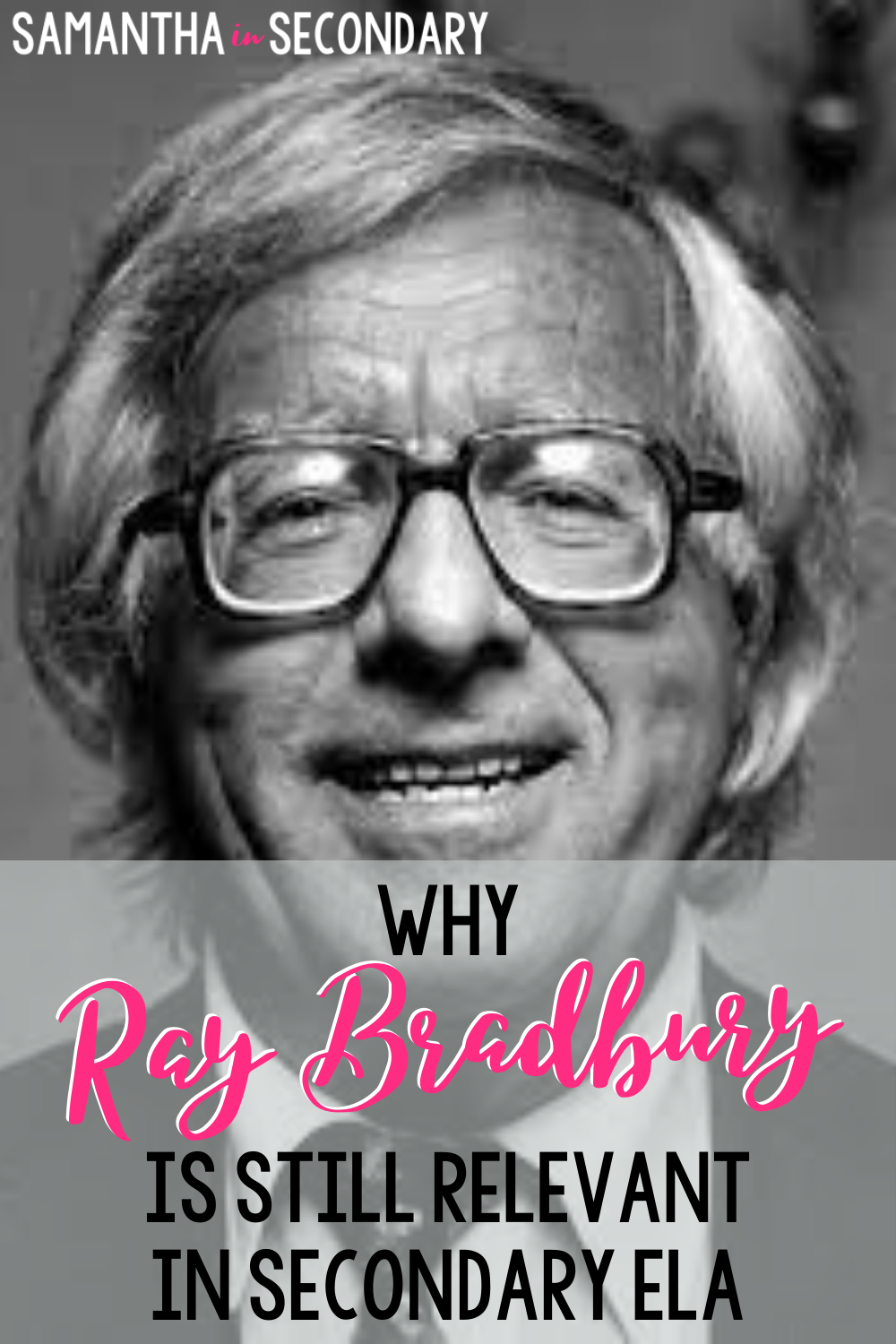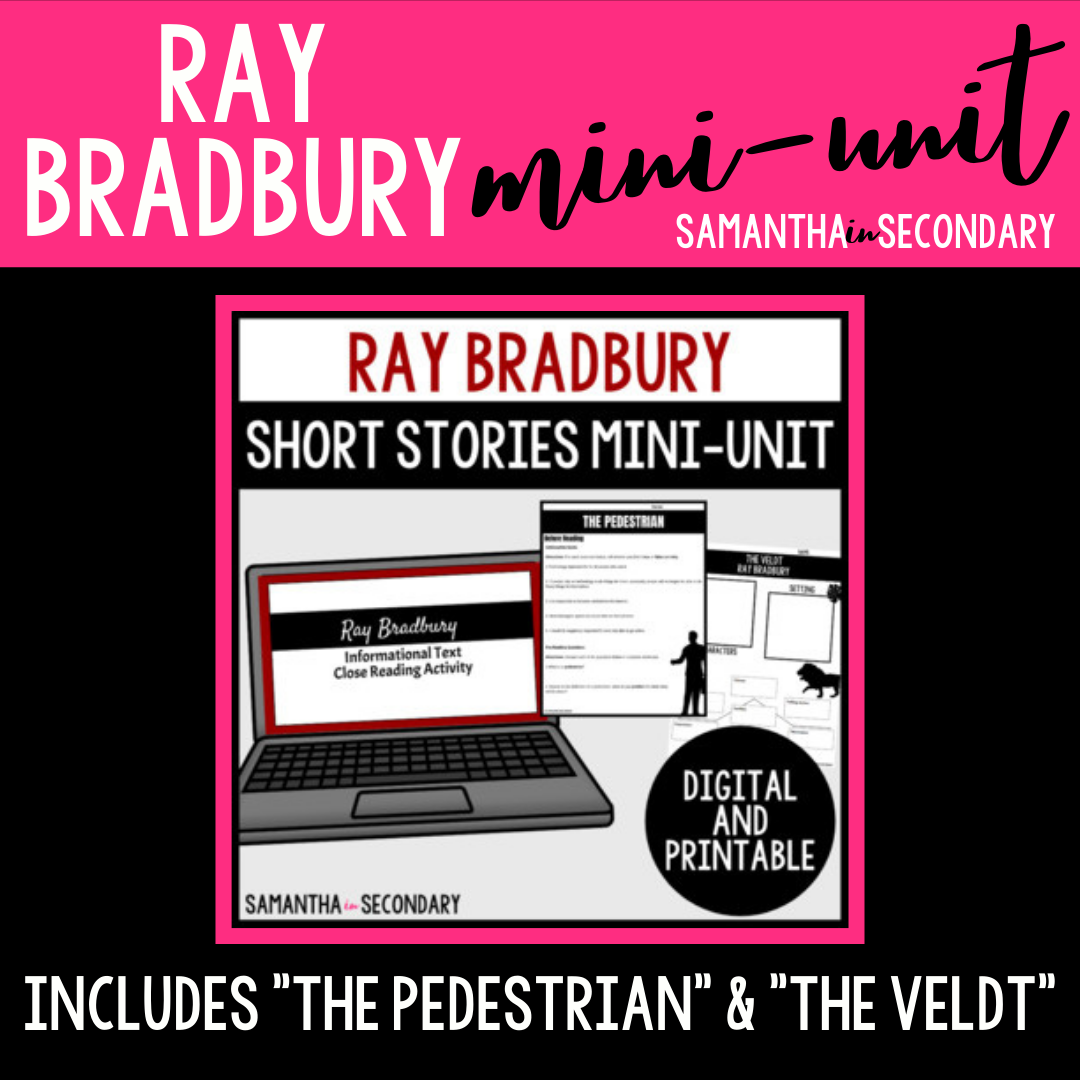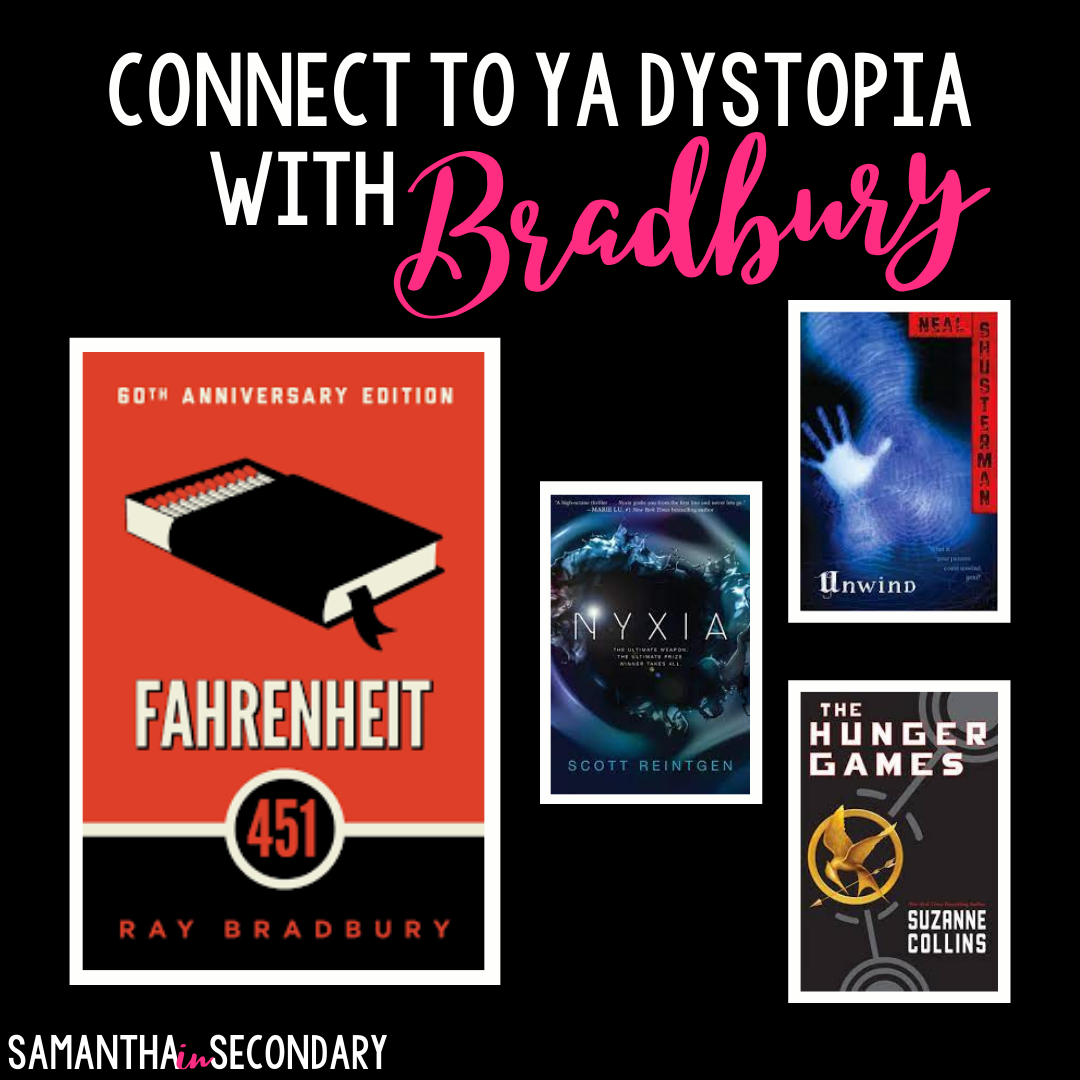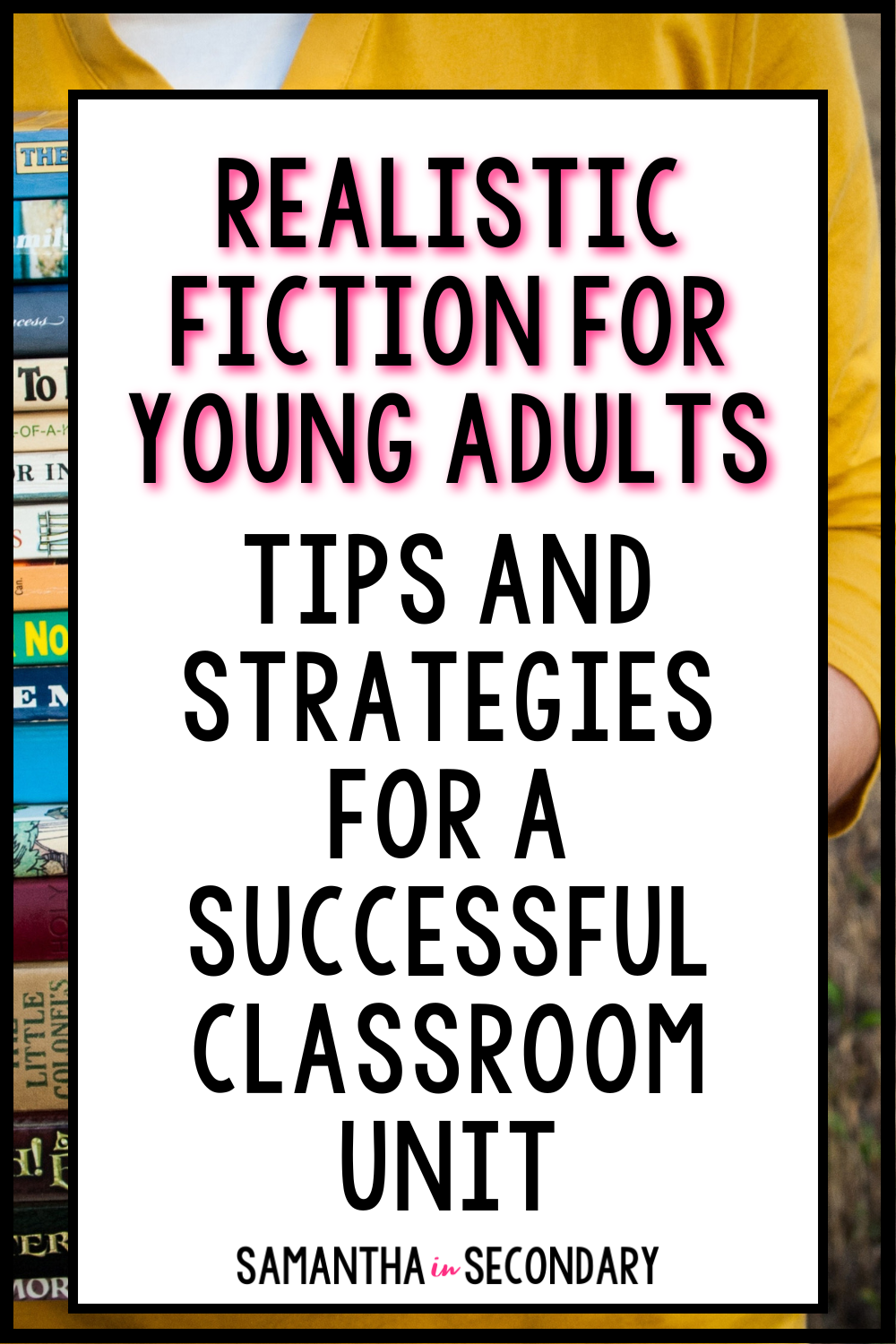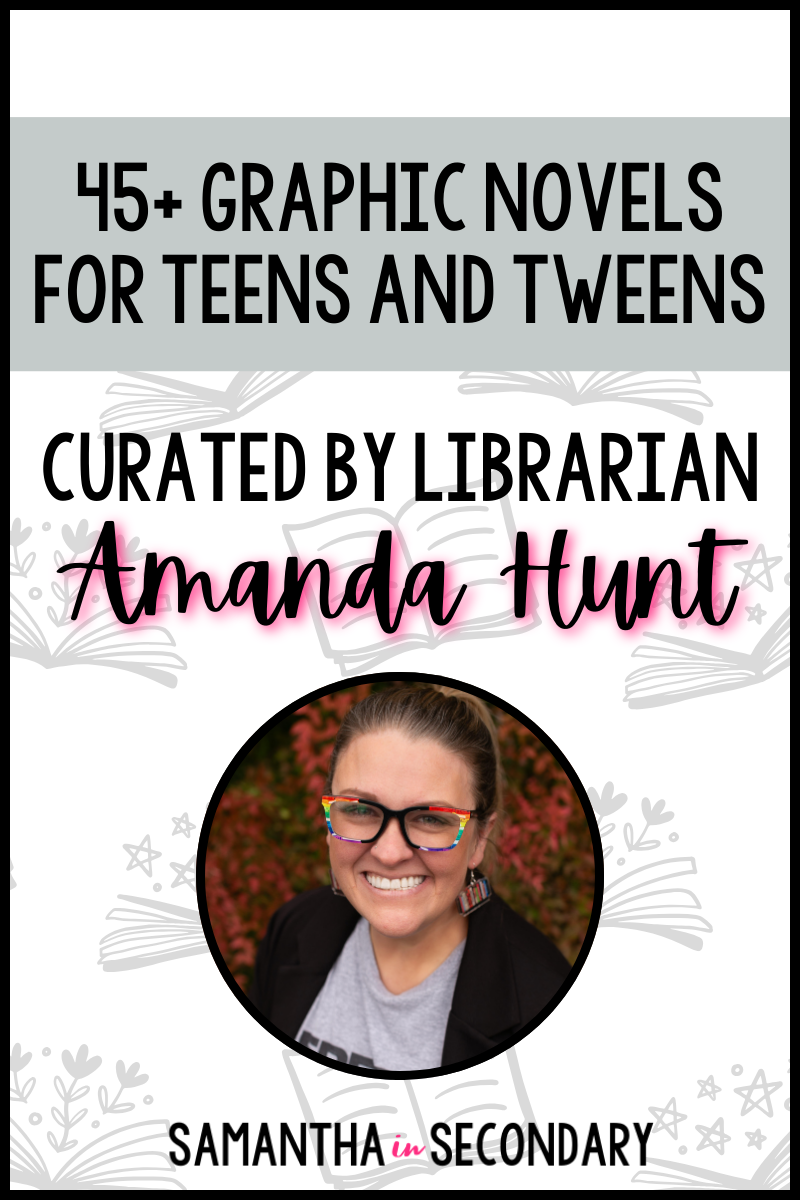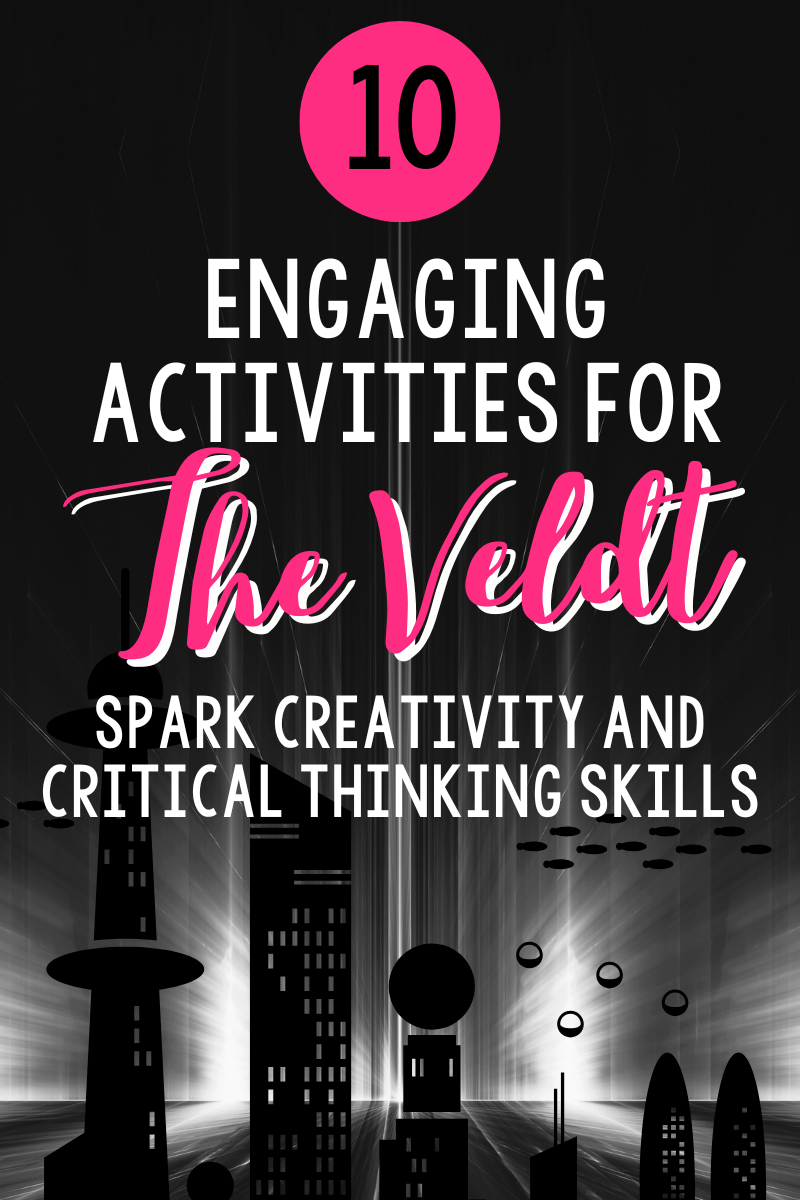Somewhere there’s an English teacher prepping a Ray Bradbury unit, and in the back of their mind is the looming question, “How do I convince these 2021 students that an author who began his career in the 1940s is still relevant?” It feels like enticing students to give “classics” a shot is half the battle to maintaining positive classroom engagement. Check out some of my teaching activities and ideas to bring Ray Bradbury’s work to a generation of new readers.
1. Introduce science fiction
Many may say that Bradbury brought modern science fiction into the literary world. So, if you’re looking at putting together a science fiction unit, the works of Ray Bradbury are a great place to start. Consider starting with a discussion on what defines science fiction, then read a few short stories like, “There Will Come Soft Rains” or “A Sound of Thunder”. After deciding whether or not Ray Bradbury is a science fiction writer, reveal to students that Ray Bradbury didn’t consider himself to be a science fiction writer.
2. Connections to technology
In an age where technology is literally in the pockets of students (or where they spend their class time if you’re still doing hybrid or virtual learning), Ray Bradbury can open discussion on how society is connected to technology. Discuss pros and cons of being so dependent on technology. Have students debate if our world today could exist without technology. Make a list of the technological advances within their lifetime, and compare it to their parents’ or grandparents’ childhood. Consider how Ray Bradbury’s portrayal of technology in his works are very often a picture of how society will fall due to our dependency on technology. His collection of short stories The Illustrated Man has several options to choose from to help aid these discussions.
3. Intriguing plot lines
Despite their age, Bradbury’s short stories can still captivate readers. Even if you aren’t studying science fiction, take some time to introduce your students to his works in order to showcase descriptive language or study literary elements. These shorts work great for sub plans, too. My Ray Bradbury short stories mini-unit bundle is a great investment if you’re looking for something already put-together. It includes a short biography and activities for studying “The Pedestrian” and “The Veldt”. You can find it here and take the prep work out of this study.
4. Strong themes
Some of the most common themes you’ll find in Bradbury’s work include censorship, technological innovation, and progression versus tradition. These are themes that are absolutely relevant to today’s generations. Have students read from a selection of his short stories, then compare themes with current events from their own research.
5. Strong mentor text
Not interested in a full science fiction unit study? Ray Bradbury’s short stories are great mentor texts. Focus on his descriptive language and speculative fiction. From there, students can apply the skills they learned from his works by continuing the stories or writing alternate endings. You could also use a novel such as Dandelion Wine, which is actually a compilation of short stories put together to tell the story of Douglas Spaulding’s 1928 summer.
6. Connection to YA dystopia
Who doesn’t enjoy dystopian young adult novels? Many of Bradbury’s stories have a dystopian vibe, but Fahrenheit 451 really lends itself to the type of YA novels many students will already be familiar with. Compare it to novels such as Shusterman’s Unwind and Scythe series, The Hunger Games by Suzanne Collins, or The Nyxia Triad by Scott Reintgen.
Do you think Bradbury still has a place in today’s ELA classroom? What activities have you done to bring a new spin to his works? Share your greatest hits below or let us know in the comments of our discussions on Facebook and Instagram.
Happy teaching!








